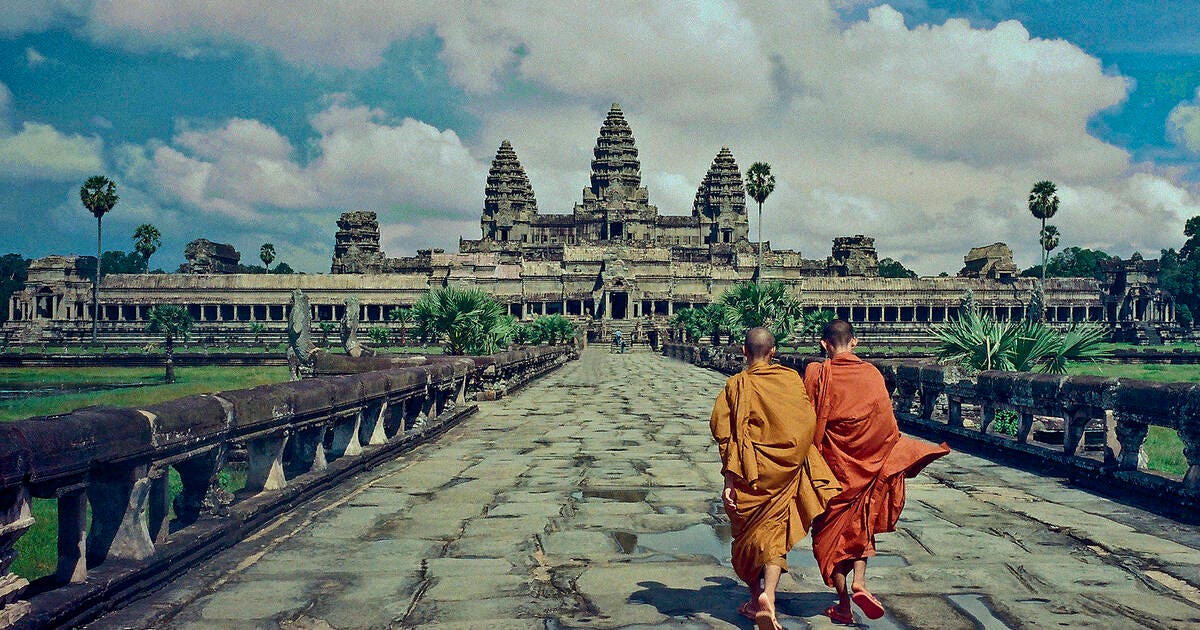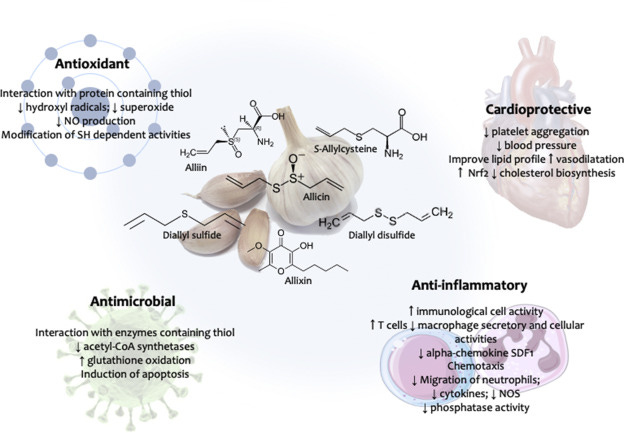You may be surprised to learn that some of the most successful ancient civilizations ran successful hospital and public healthcare systems drawing from local plants and traditions passed down through generations and time-tested as effective. Before you fully dismiss these old “healing” practices in favor of modern medicine, remember many ancient civilizations and disease-treatment methods were cost-effective, truly non-profit, accessible to masses, and lasted for centuries whereas the modern medicine has been around for about a century, already proving to be extremely expensive and sometimes ineffective.
Here are a couple examples of herbs and plants used in ancient hospitals in two prosperous empires:
The Khmer Empire
The Khmer (Angkor Civilization), prospered on successful farming on the fertile soil around Mekong River. Despite harsh living conditions common in tropical lowlands (extremes of humidity, temperature and disease pressures and vectors), the powerful civilization lasted for about seven centuries (9th to 15th) and is known for its sophisticated engineering, architectural achievements (like Angkor Wat), and influence on the political and cultural landscape of the region.
The Khmer civilization had established a unique healthcare system, including 102 dedicated hospitals, known as Arogayasala, throughout the empire. These hospitals included a spiritual temple and a medical facility. The following shows a record of what was used as food and treatments for hospital patients: Rice, sesame, cardamom, nutmegs, honey, black mustard, cumin, coriander, fennel, cinnamon, turmeric (anti-inflammatory for pain, also for digestive health), ginger (digestive health and blood circulation), and lemongrass (relaxing and reducing fever), lotus (now the national flower of India) fruit as shown above (blue lotus “flower” and roots are also known for psychedelic, hallucinogenic properties).
In the Angkorian period, medicinal gardens were an essential part of the kingdom’s healthcare system. These gardens contained a wide variety of medicinal plants, many of which are still in use today for their healing properties. Cambodian healers, known for their expertise in herbal medicine, used plants for everything from salve for hemorrhoids (see below for herbs useful for this) to pain and fever relief and even spiritual cleansing. In addition to herbal remedies, ancient Cambodian healers employed spiritual healing techniques such as meditation, chanting, prayers, and energy work to restore balance and heal the body and mind.
Hospitals also may have had ponds, possibly used for rituals or water-based treatments.
The Persian Empire
The early Persian empire and its various successors of Persian/Iranian kingdoms, lasted for about 25 centuries (6th century BC to 18th century ending with Safavid, Afshar and Zand dynasties). Persians compiled an impressive healing tradition (see also my article Terrain Theory or Germ Theory? What Approach was Used by Ancient Persian, Ayurvedic (Indian) and Greek Physicians in Treating Disease?) that focused on six core principles (Setah Zaroriah in Persian): Nutrition, environment, physical activity, sleeping patterns, emotions, and detoxification (ridding the body from waste materials). Some of the herbs and plants used in Persian medicine included:
Bhang (Cannabis Indica, leaves of the cannabis plant): The mildest form of cannabis treatment used as an anesthetic due to its hallucinatory effects, also to cure fever, dysentery, sunstroke, and to clear phlegm.
Garlic: Used for reducing blood pressure and many other ailments (please also see my article Learn these Facts before Using Garlic as a Magic Food. Why is good garlic so costly and imported garlic so cheap?).
Rue (espand in Persian) for earache and joint pain.
Frankincense (kander in Persian) for inhalation therapy.
Sesame oil: Used to decrease pain and bruising after surgery or trauma.
Quince Seed (Behdaneh in Persian): Helpful for malignant ulcers, coughs, throat dryness, and lubricating the trachea.
Marshmallow (Gol khatmi or panirak in persian) inn): Used for respiratory issues, digestive problems, skin conditions or hemorrhoids.
Other Herbs used in Persian medicine include Fenugreek (shanbalileh in Persian), Mint (nana in Persian), Green Onion (piazcheh or Piaz sabz in Persian), and Persian Leek (Tareh in Persian, Allium ampeloprasum var. persicum).
Some other principles of ancient Persian medicine:
Use of the any medicine (even herbal or food) as routine daily recipes should be avoided; they must be used only to modify body temperament or other foods temperament. Medicinal food means those that can change body temperament significantly.
The food should be chewed enough and one should be in complete relaxation in mealtime.
Man must not resist against hunger and food must not be eaten without hunger. Eat only in true hunger and stop eating before complete satiety. The estimation of dietary needs varies according to the nature of the body, the age, the seasons, and the alterations by the disease, as well as the power of digestion.
Food with cold nature must be eaten in summer and food with warm nature in winter.
Simultaneous use of multiple types of foods during one meal session and different recipes is strongly prohibited. It may cause indigestion especially when different colorful foods are used.
The best food is a tasty food, but a lot of tasty foods maybe harmful; A tasteless food reduces hunger and cause lethargy. Sweet food reduces hunger and increases the body temperature. Salty food dehydrates the body and macerates it. Sour foods speeds up digestion but, dry and hurt nerve. A sweet food may prevent disadvantage of a sour food and vice versa; Salty food and spicy foods control disadvantages of tasteless food and vice versa. The food with a mild nonboring bitter taste, is compatible with the stomach.
Water should be used after the digestion phase of foods (1.5 h after eating); Immediate drinking after eating, causes indigestion, whereas drinking during eating has the worst effect.
People, which have hot nature of the stomach, may benefit from drinking water, and in these people the tendency to eat food is weak.
Excessive food intake should be avoided during high-grade fever; because high body temperature increases at the time of digestion.
In the case of postprandial fullness especially within 2 h after eating, entering bathrooms is prohibited; Furthermore, intercourse and other things that stimulate the body energy turnover strongly is not allowed.
You should not change the dietary habits suddenly; if a person is accustomed to eating one meal or several meals in a day, it must not be altered; food habits must modified gradually in the event of sickness.
Preventing of defecation and gas passing is very bad and harmful
Oily meals of any kind may not be tolerated by stomach very well might induce its weakening. Olive oil, walnut oil and pistachio oil seems to be less harmful
These principles of nutrition in life can prevent particularly the stomach disease and subsequently systemic diseases.
Historically, plants and herbs, usually local fresh or dried ones (not sprayed or fumigated with chemicals like today) were extensively used to heal and detoxify patients. Some theories even suggest that the bonsai's origins are linked to the practice of growing medicinal herbs and trees for medicinal purposes in containers for easier transport and access across China.







I love the history lesson and the return to holistic wellbeing.